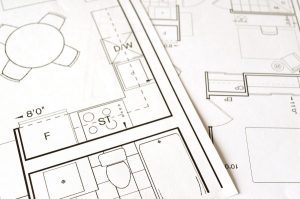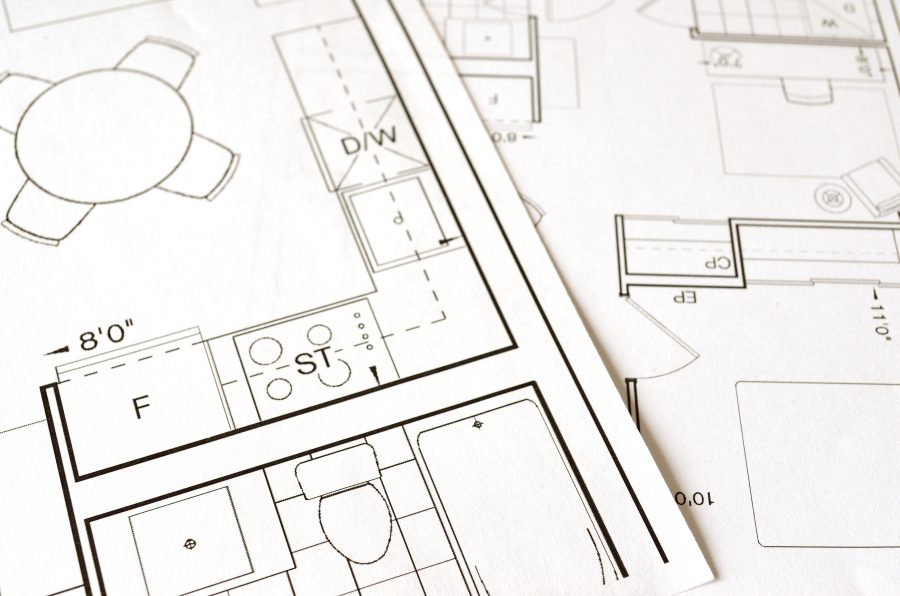Property Development – This guide is a follow on from our previous article on becoming a property developer. So, if you would like to read more about getting started and what you need to consider, please check out the previous article before you continue. Here we aim to give you a deeper insight into certain aspects of property development.
We plan to give more information on areas such as planning and funding, including other aspects such as bridging loans.
Planning
 If you haven’t already done so, now is an excellent time to start creating a business plan. Below are a list of sections and the questions to ask yourself. Please feel free to write down the parts and answer the questions as a basis for your business plan.
If you haven’t already done so, now is an excellent time to start creating a business plan. Below are a list of sections and the questions to ask yourself. Please feel free to write down the parts and answer the questions as a basis for your business plan.
Here is our guide, for what the business plan should include:
- Introduction – An overview of what you are planning on doing, and what is your end goal, this will give someone, such as a lender a high-level overview of what you are planning on achieving and why.
- Market Analysis – What is the current market rate for similar properties in your chosen area? How much are the current rental expectations? There are plenty of online resources where you can gather this information. Do your due diligence and prepare yourself before you start.
- Organisation and management – How are you going to complete the project? For instance, are you going to rent the property or convert it into flats? What contractors do you need? How much do you plan to spend on materials? Do you need planning permission? Also, do your due diligence and check for things such as legal or physical constraints. On new builds, check the utilities and services available. Is there the ability for future work?
- Exit strategy – Are you going to rent or sell? Are you planning on converting the property into an HMO?
- Marketing and sales – How do you plan to re-market the property? What is the estimated time from marking it to selling or renting in your area?
- Other points – Do you need planning permission for your build? How do you get planning permission? Who are the authorities you need to consult? Do you have all the details you need for both the local laws and national regulations? Be sure you have everything in place before you start. If you are renting after the construction, you will need to consider areas such as health and safety. Do you have the equipment such as alarm systems that are essential and sometimes gets overlooked? You don’t want any hidden surprises at the end. These areas could convert a profitable project into a loss. Alternatively, even worse, you could be in for a hefty fine!
- Funding – This part is so crucial, and you must make sure you have considered all eventualities and things will always crop up when you least expect them. Do you have a contingency plan in place to cover any additional costs?
- We will be covering bridging loans in more detail in the next section.
- Financial projection – How much do you plan to make once you have completed the project? If you are renting what is your five-year plan? How long will it take for you to break even? Will you now need to look at your given budget and double-check the numbers add up? Confirm you can complete everything within the given time frames and financial constraints.
Bridging Loans
Bridging loans are a tool that is available for financing property development. Bridging loans are short-term loan that uses the property in question as security for the loan itself. They are short-term loan that lasts from around two weeks to a three-year time frame.
“The UK Bridging Market Study that was conducted by the accounting firm Ernst and Young (EY) revealed that the average length of a bridging loan is currently 11 months.”
A bridging loan is used to finance the work needed to complete the renovation or development. A bridging loan can then be paid off on the sale of the property or as part of the arrangement of the mortgage if you decide to keep the premises.
One of the most significant advantages of a bridging loan is the speed at which you can apply and receive finance compared to a standard mortgage. Some bridging loans have a turnaround time of as little as two weeks.
How much will it cost?
Bridging loans typically cost more than a conventional loan such as a mortgage. However, these types of loans carry more risk to the lender even though they have the property as security. The amount you want to borrow could provide a considerable risk to them in the long term.
Risks
Some of the most significant risks you face when taking out a bridging loan are if the sale of the property falls through. Another risk is if the rental agreements don’t take place in the time frame excepted. You could face having to take out a long-term loan to pay back the bridging loan or even worse taking out another bridging loan to cover the first one. In both scenarios, the project will start to get much more expensive, it is well worth consulting an expert beforehand as you do want to have a contingency in place. You also want to include a possible risk in your cost analysis.
Advantages
There are some distinct advantages of bridging loans as you may not need to make monthly payments. You will have to make a full and final payment at the end of the term. So, make sure your project is planned out properly, and you have catered for any unlikely events that could slow down the development.
Please consider using this guide as a base for planning your project. However, once you have completed each section, seek an expert to revise the document and give any advice. If this is your first time developing a property, it is common to have overlooked at least one point.
We can help you to secure the right finance for your HMO property development. Just complete our quick enquiry form here and we will contact you shortly.
DISCLAIMER: These articles are for information only and should not be construed as advice. You should always seek advice prior to taking any action.
